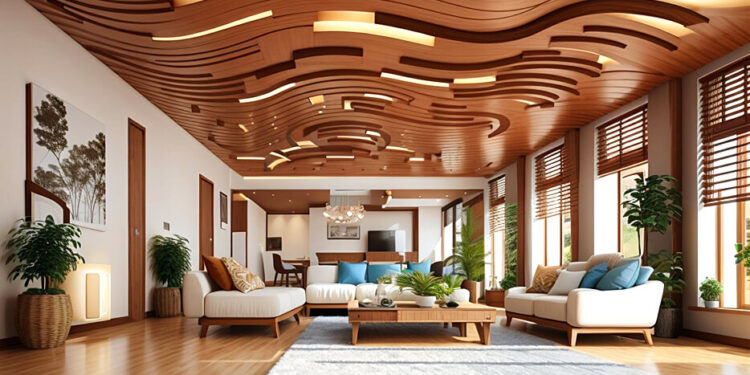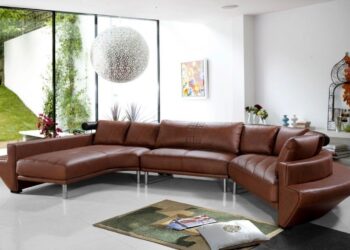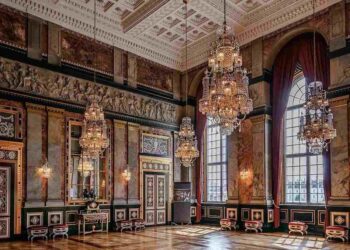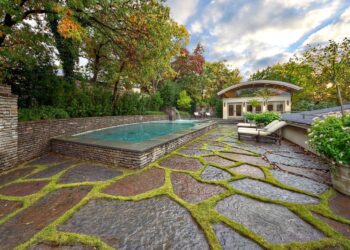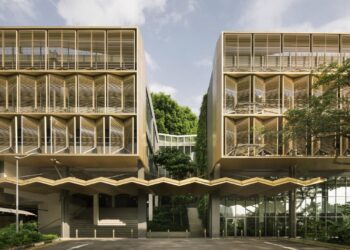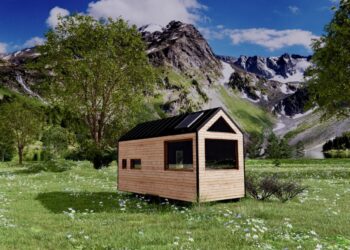In a world increasingly defined by mass-produced goods and synthetic materials, the craft of woodwork stands as a powerful testament to the enduring beauty of natural materials and human artistry. Today, a new generation of artisans, designers, and engineers is fusing age-old techniques with cutting-edge technology to create modern design masterpieces that are not only functional but also deeply expressive and aesthetically stunning. Far from being a traditional relic, modern woodwork is a vibrant field of innovation, pushing the boundaries of form, texture, and sustainability. Understanding this renaissance – the philosophical underpinnings, the technological advancements, and the diverse applications of modern woodwork – is crucial for interior designers, architects, and anyone who appreciates the unique character and timeless elegance that only wood can offer.
The Timeless Appeal of Wood
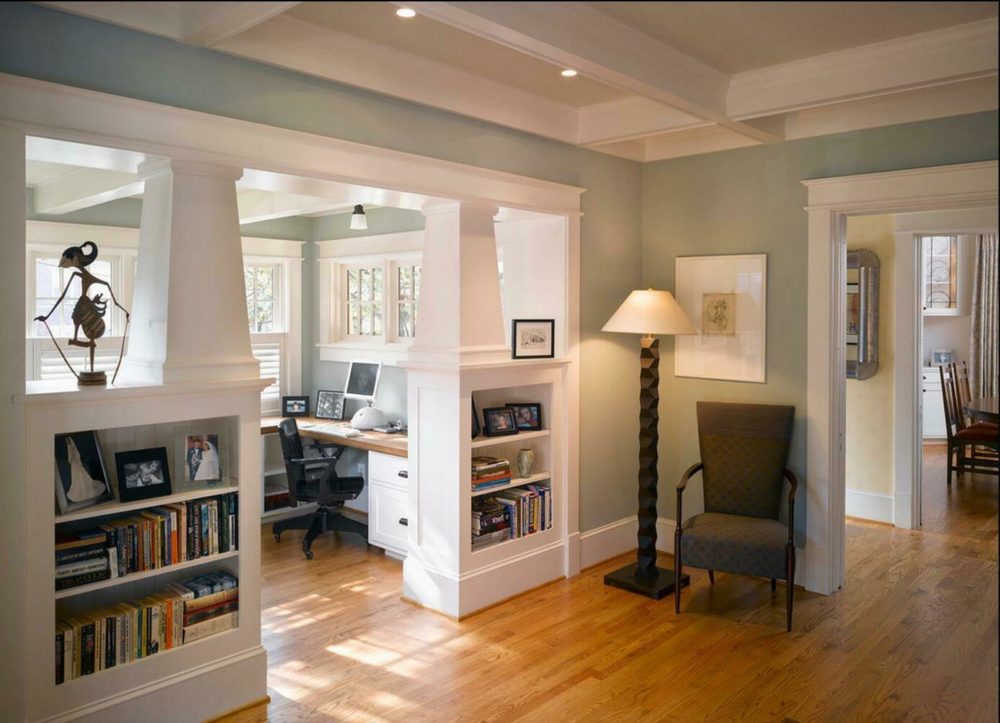
Wood is one of humanity’s oldest building materials, cherished for its warmth, durability, and unique character. Each piece tells a story of its origin, its grain, and its natural imperfections. Modern woodwork celebrates this legacy while infusing it with a fresh, contemporary perspective.
A. The Philosophical Shift in Modern Woodwork
Modern woodwork is more than just a technique; it’s a philosophy that balances respect for tradition with a drive for innovation.
- Celebrating Natural Imperfection (Wabi-Sabi): Modern woodworkers often embrace the Japanese aesthetic of Wabi-Sabi, finding beauty in the natural flaws of the material—knots, cracks, and unique grain patterns. Instead of concealing these imperfections, they are highlighted, giving each piece a unique character and a sense of history.
- Biophilic Design: There is a growing trend to use woodwork to create a deeper connection between human spaces and the natural world. Modern woodwork, with its organic textures and forms, is central to this biophilic design, which aims to reduce stress, improve well-being, and enhance cognitive function.
- Sustainability and Sourcing: Modern woodworkers are highly conscious of their environmental impact. They prioritize using sustainably harvested wood, reclaimed timber, and innovative composite materials, making their craft a testament to responsible and ethical practice.
- Form and Function: Modern woodwork is guided by the principle that form should follow function, but with a profound sense of artistic expression. A modern wooden chair is not just a place to sit; it is a sculpted form, a functional art piece that is both comfortable and visually striking.
- Sensory Experience: The experience of a modern woodwork piece is multi-sensory. It’s not just about what you see, but what you feel—the smoothness of a polished surface, the roughness of an unfinished edge, the natural warmth of the material, and even the subtle scent of the wood itself.
B. The Technological Renaissance in Woodwork
While the hand plane and chisel remain essential, a new generation of tools is allowing woodworkers to achieve unprecedented levels of precision, complexity, and efficiency.
- Computer-Aided Design (CAD) and Computer-Aided Manufacturing (CAM):A. Precision Design: CAD software allows designers to create incredibly complex, three-dimensional forms and intricate details that can then be translated directly into machine code.B. Automated Production (CNC): Computer Numerical Control (CNC) routers and milling machines can precisely cut, carve, and engrave wood with a level of accuracy and repeatability that is impossible with a human hand, opening up new possibilities for complex joinery and organic shapes.
- Advanced Joinery Techniques: Traditional joinery methods (e.g., mortise and tenon, dovetails) are now being augmented by modern glues, hardware, and CNC-cut joinery, allowing for stronger, more precise, and more complex connections.
- 3D Printing: 3D printing is being used to create custom jigs, fixtures, and even complex prototypes for furniture and architectural elements, accelerating the design and production process.
- Laser Cutting and Engraving: Laser technology allows for intricate cuts and detailed engravings on wood surfaces, perfect for creating delicate patterns, personalized designs, or unique inlays.
- Smart Tools and Digital Measurement: Digital calipers, laser measurers, and smart tools with digital readouts provide a new level of accuracy, reducing human error and ensuring a perfect fit every time.
The Elements of Modern Woodwork Masterpieces
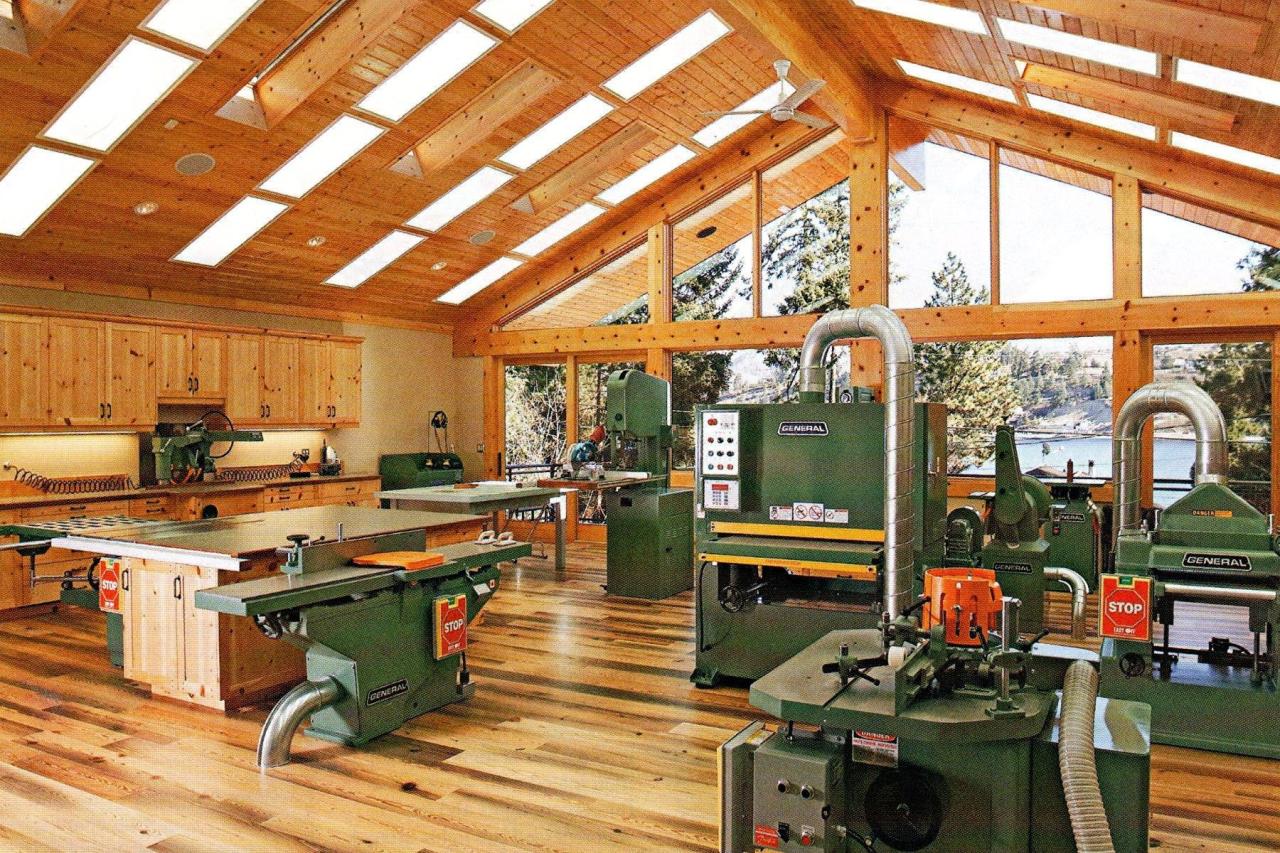
Creating a modern woodwork masterpiece involves a strategic blend of material selection, innovative joinery, and a masterful understanding of form and texture.
A. Material Selection and Expression
The choice of wood is the first and most critical step, and modern woodwork celebrates its diverse character.
- Diverse Wood Species: Modern woodworkers explore a wide range of wood species, from familiar hardwoods like oak, maple, and walnut to exotic woods with unique colors and grain patterns. The choice of wood is often central to the piece’s aesthetic and story.
- Reclaimed and Repurposed Wood: The use of reclaimed timber from old buildings, barns, or furniture is a hallmark of modern sustainable woodwork. This material not only has a unique aesthetic and history but also a minimal environmental footprint.
- Engineered Woods and Composites: Modern woodworkers also use advanced engineered wood products (e.g., cross-laminated timber, high-quality plywood) and wood-based composites to create forms that would be impossible with solid wood, pushing the boundaries of what the material can do.
- Contrast and Combination: Modern design often uses a combination of different wood species or materials to create striking visual contrasts—e.g., a dark walnut inlay in a light maple table, or a combination of wood with steel, glass, or concrete.
B. Innovative Joinery and Structural Integrity
Modern joinery is a perfect blend of artistic expression and engineering excellence, often becoming a visible design element.
- Visible Joinery: Instead of concealing joinery, modern woodworkers often celebrate it, using traditional techniques like dovetails or finger joints as a visible aesthetic feature, a testament to the craftsmanship and integrity of the piece.
- Complex Connections: With the help of CAD and CNC machines, woodworkers can create intricate, non-traditional joinery that is not only incredibly strong but also visually captivating, pushing the boundaries of what is possible with wood.
- Tension and Suspension: Modern woodwork often uses principles of tension and suspension, with pieces held together by cables or other non-traditional means, creating a sense of lightness and dynamism.
- Form-Fitting Joinery: CNC technology allows for the creation of complex, form-fitting joinery that seamlessly connects different pieces of wood, creating a smooth, organic flow.
C. Form, Line, and Sculptural Flow
Modern woodwork moves beyond functional objects to create sculptural, aesthetically compelling forms.
- Organic and Fluid Forms: Modern woodworkers often draw inspiration from nature, creating organic, flowing forms that are a stark contrast to the rigid, linear designs of traditional furniture.
- Minimalist Aesthetics: The focus is on clean lines, simple forms, and a lack of ornamentation. The beauty is in the material and the form itself, not in decorative additions.
- Negative Space: Just as in Japanese Zen gardens, modern woodwork uses negative space (the empty space around and within a piece) as a design element, creating a sense of lightness, balance, and visual interest.
- Sculptural Elements: Modern woodwork often blurs the line between furniture and sculpture, with pieces that are both functional and artistically expressive. A table leg might be a sculpted form, or a cabinet door might have a dynamic, carved pattern.
D. Texture and Finish
The final touch in modern woodwork is the finish, which is often chosen to highlight, rather than conceal, the natural character of the wood.
- Natural and Unfinished: A common approach is to use a natural oil or wax finish, or sometimes no finish at all, to allow the wood to be seen and felt in its raw, natural state.
- High-Gloss and Polished: A high-gloss, polished finish can create a sleek, modern, and luxurious look, especially on a piece with a beautiful, intricate grain pattern.
- Rough and Textured: In contrast, some pieces might use a rough, textured finish to highlight the grain and imperfections, creating a sense of raw, natural beauty.
- Combined Finishes: Modern woodwork often uses a combination of different finishes on the same piece—e.g., a polished tabletop with a rough, textured base—to create a striking visual and tactile contrast.
Applications of Modern Woodwork Masterpieces
The principles of modern woodwork are versatile and can be applied across a wide range of fields, from furniture and interior design to architecture and public art.
A. Furniture Design
- Tables and Chairs: Modern woodworking is creating tables and chairs that are both functional and sculptural, with organic forms, complex joinery, and a focus on minimalist aesthetics.
- Cabinets and Storage: Modern cabinets are no longer just boxes. They are integrated architectural elements with clean lines, minimalist designs, and often, handle-less doors that open with a gentle push, a testament to thoughtful engineering.
- Shelving and Bookcases: Modern shelving is often a sculptural element, with a dynamic, asymmetrical design that is as much about the form as it is about the function.
B. Interior Design
- Feature Walls and Paneling: Wood is being used to create stunning feature walls with intricate patterns, textures, and grain patterns, bringing warmth and a natural element into a space.
- Staircases and Railings: Modern woodwork is creating sculptural, flowing staircases and railings that are a central architectural feature of a home.
- Flooring: Modern wood flooring is moving beyond simple planks to a variety of patterns, from herringbone to complex inlays, creating a stunning visual foundation for a space.
- Lighting and Accents: Wood is being used to create beautiful, organic light fixtures and other decorative accents, bringing a natural element into a space.
C. Architecture and Construction
- Structural Elements: Advanced engineered wood products like cross-laminated timber are being used in modern architecture to create stunning, sustainable structural elements for homes and commercial buildings.
- Cladding and Siding: Wood cladding with unique patterns and textures is being used to create visually striking, sustainable exteriors for modern homes.
- Public Art and Sculptures: Modern woodworkers are creating stunning large-scale public art and sculptures that celebrate the natural beauty of wood and its organic forms.
The Challenges and Future of Modern Woodwork
While the craft of modern woodwork is thriving, it also faces challenges that require a forward-thinking approach.
A. The Challenge of Sustainability and Sourcing
- Ethical Sourcing: The demand for exotic woods and sustainable practices requires woodworkers to carefully source their materials, ensuring they come from responsibly managed forests.
- Reclaimed Wood: The process of sourcing, cleaning, and preparing reclaimed wood can be labor-intensive, requiring a high level of skill and dedication.
- Alternative Materials: The future of woodwork may involve a greater use of advanced engineered woods, composite materials, and other sustainable alternatives.
B. The Skill Gap and the Future of the Craftsman
- Balancing Tradition and Technology: The modern woodworker must master not only traditional hand skills but also the use of advanced digital tools like CAD and CNC machines.
- Education and Training: There is a growing need for educational programs that teach this blend of traditional craftsmanship and modern technology, bridging the gap between art and engineering.
- Attracting Young Talent: The craft needs to be marketed to a younger generation as a creative, innovative, and sustainable career path.
C. The Cost and Value of Custom Work
- Justifying the Cost: Custom woodwork is often more expensive than mass-produced furniture. The challenge is in educating consumers on the value of craftsmanship, unique design, and long-term durability.
- Market Competition: Woodworkers must compete with a market flooded with inexpensive, mass-produced furniture, requiring them to constantly innovate and differentiate their work.
- The Rise of Digital Woodwork: The accessibility of CNC technology and digital design is creating a new generation of “digital woodworkers” who can produce highly precise, custom pieces, blurring the lines between traditional craftsmanship and automated production.
Conclusion
The craft of woodwork, far from being a traditional relic, is in the midst of a powerful renaissance. By blending age-old techniques with cutting-edge technology, modern woodworkers are creating masterpieces of modern design that are both functional and deeply artistic. This renaissance is guided by a philosophy that celebrates natural imperfection, embraces sustainability, and blurs the lines between art and engineering.
From the clean lines of a minimalist chair to the organic flow of a sculptural staircase, modern woodwork is infusing our living spaces with warmth, character, and a profound connection to the natural world. The future of this craft lies in a collaborative approach, where traditional skills are augmented by digital tools, and where artisans, designers, and engineers work together to push the boundaries of what is possible with wood. The result is a new era of design, where every piece tells a story, and where the timeless beauty of wood is celebrated in its most modern and innovative form.

